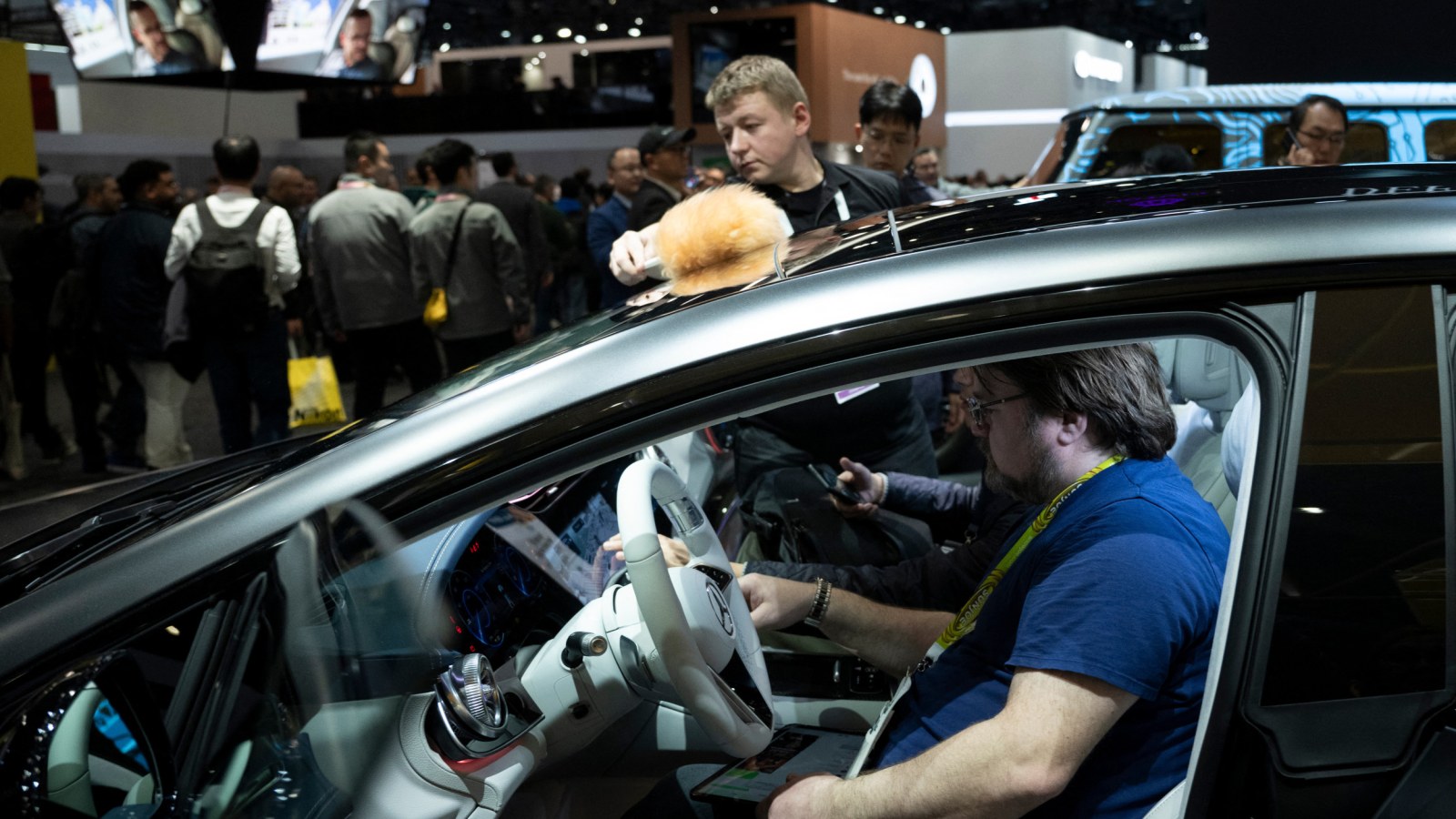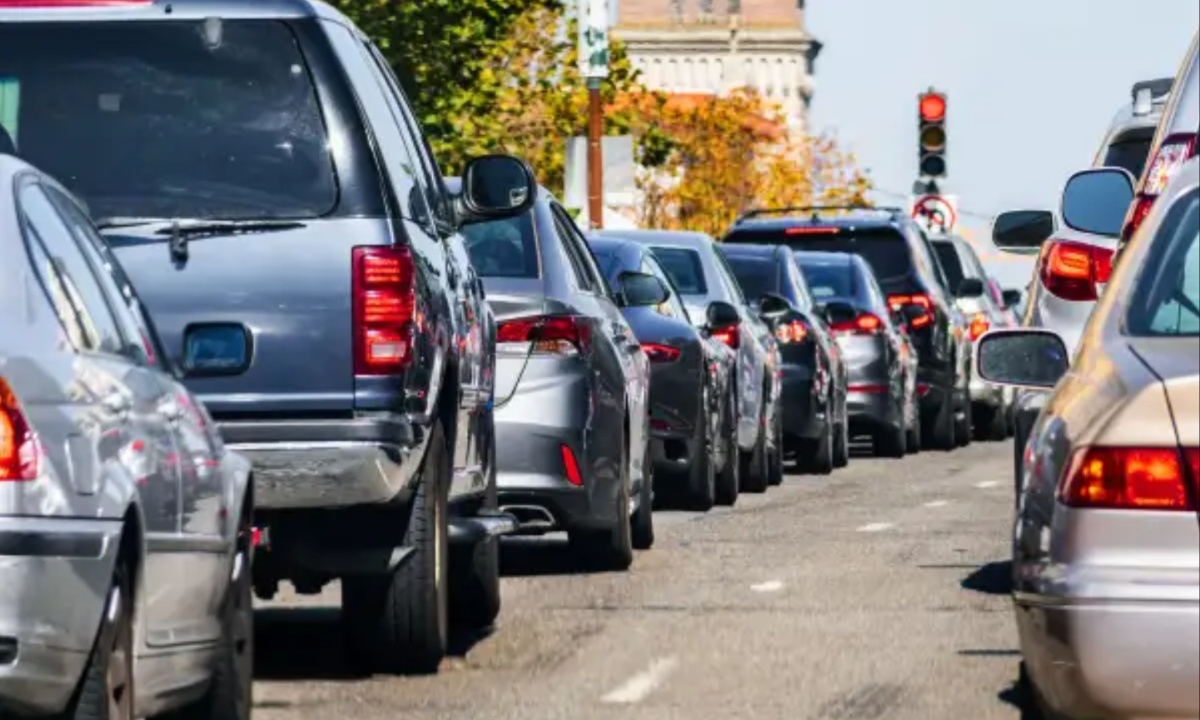Rising car costs are imposing an increasing financial burden on America’s middle class, turning vehicles into significant liabilities instead of symbols of economic advancement. Expenses related to purchasing, fueling, insuring, and maintaining cars have surged, making vehicle ownership far more expensive than in previous years. Middle-income families, who depend on cars for work, education, and everyday activities, are disproportionately affected, as transportation costs now consume a greater share of their household budgets.
What was once a manageable cost for middle-class households has become a source of financial strain, limiting their ability to save or invest in other areas. Reports show that the high cost of car ownership contributes to economic inequality by forcing middle-class families to allocate a larger portion of their income to transportation, leaving less for wealth-building opportunities. This shift highlights the growing challenge of balancing essential expenses with aspirations for financial stability.

The rise in transportation costs reflects a broader issue of increasing consumer prices outpacing wage growth, creating significant stress for families striving to maintain their standard of living. Cars, while indispensable for many, are becoming a heavier financial burden, reducing disposable income that might otherwise be used for education, housing, or retirement savings. For many middle-class households, car ownership is no longer a choice but a necessity, albeit one that comes at a steep cost.
This trend underscores the urgent need for systemic changes to make transportation more affordable and sustainable for middle-income families. Without intervention, the rising costs of vehicle ownership threaten to erode the financial security of the middle class further, reducing their ability to achieve long-term economic mobility. Addressing this issue is essential for preserving the stability and prosperity that have traditionally defined middle-class life in America.

